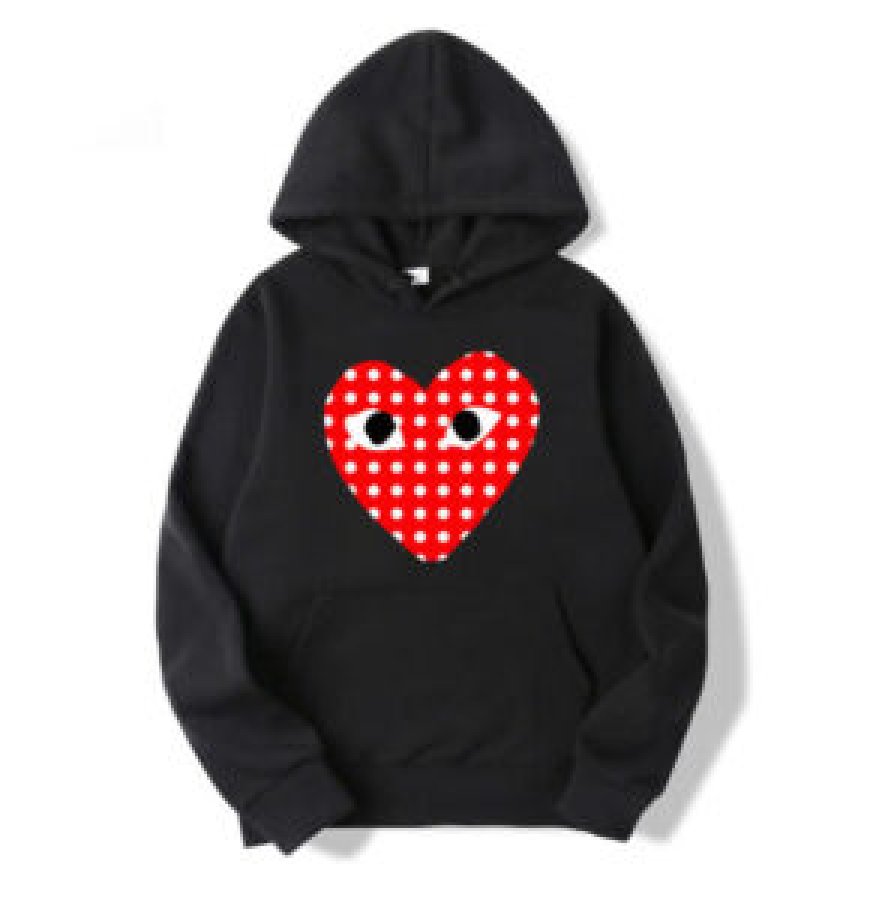Garçons' Shadows: How Rei Kawakubo Shaped the Language of Silence at Comme des Garçons

In the world of fashion, few names command the reverence and mystery that Rei Kawakubo does. Founder and force behind Comme des Garons, Kawakubo has spent decades cultivating not just a brand, but an aesthetic language rooted in silence, Comme Des Garcons space, and subversion. Her designs whisper, distort, contradict, and ultimately transform. To understand Kawakubos influence is not just to analyze silhouettes or fabricit is to read between the seams of cultural expectations and to witness the architecture of rebellion rendered in black wool and deconstructed seams.
The Silence of Form
Comme des Garons first made international headlines in the early 1980s, particularly with Kawakubos Hiroshima chic collection of 1982, which sent models down the runway in asymmetrical, torn garments in a palette devoid of color. To critics at the time, the clothing appeared unfinished or even post-apocalyptic. But Kawakubo wasnt interested in pleasing the eye in any conventional senseshe was interested in challenging it. Her garments often function as statements, sometimes even as confrontations, and they reject the need for verbal explanation.
Rei Kawakubo has rarely given interviews and often avoids straightforward interpretations of her work. This cultivated silence is not a void, but a space in which her clothing can speak for itself. Her designs are less about outward adornment than about inward reflectiongarments that do not scream luxury but murmur critique. By refusing to explain or define her collections, Kawakubo forces us to engage with them not as products but as provocations.
Anti-Fashion as Revolution
Kawakubo did not merely challenge beauty standardsshe dissolved them. Her approach to anti-fashion was never a reactionary gesture; it was a philosophy. Comme des Garons collections are filled with what the traditional fashion world might label wrongness: exaggerated proportions, ruptured symmetry, dresses that swallow the body whole. Yet within these ruptures is a radical beauty, one that elevates imperfection and silence to the level of sacred design.
Her work has always existed on the border between art and fashion. The body's typical silhouette is often rejected entirely, with clothing that creates new shapes, exaggerates movement, or builds impossible architectures on skin. She doesnt dress the human figure; she reimagines what the figure could be.
In Kawakubos world, fashion is not about emphasizing femininity or masculinityits about rejecting those binaries altogether. She has always questioned the very necessity of clothing as we know it. At times, her garments appear as soft armor, or abstract sculptures. They unsettle, displace, and distort. And in doing so, they force the viewerand the wearerto rethink what fashion is for.
A Black Palette and an Unspoken Rebellion
The color black became a cornerstone of Kawakubos early collections, not as a statement of gothic style or minimalism, but as a rejection of ornamental expectation. In Japan, black has deep cultural roots tied to restraint, spirituality, and tradition. Kawakubo infused these connotations with radical innovation. She gave black a new shapewrinkled, torn, layered, asymmetrical.
This insistence on black was misunderstood in the West at first, with critics deriding it as funereal or austere. But for Kawakubo, black was not the absence of lifeit was the canvas of complexity. It was a rejection of surface-level seduction and a step into the conceptual. It was the shadow in which new forms could be born.
Her 1997 collection, famously referred to as Lumps and Bumps, featured protrusions and unnatural shapes that transformed models into abstract figures. Critics at the time were confused, even disturbed. But within the silence of her intention, Kawakubo was crafting a new visual lexiconone that spoke not of harmony, but of fracture and reinterpretation. She wasnt interested in idealizing the body. She was interested in freeing it.
The Language of the Outsider
Kawakubo has always positioned herself outside the mainstream. Comme des Garons is not designed for the masses but for the few who are drawn to discomfort, to the unknown, to the unfinished thought. This outsider status is intrinsic to her work and forms the soul of her brand.
Her relationship with the fashion system has always been tenuous. She participates in Paris Fashion Week, yet does so on her own terms, often upending the notion of a seasonal collection. Her Dover Street Market concept stores defy traditional retail environments, offering a curated world rather than a place of simple commerce. These are spaces that encourage wandering and exploration, where silence and spectacle co-exist.
By refusing to speak the language of trends, Kawakubo has created her own dialectone of draping, asymmetry, and contradiction. And though this language may be difficult to translate for those raised on the syntax of conventional beauty, it resonates deeply with those attuned to its frequency.
The Influence That Cannot Be Named
Kawakubos influence is as hard to pin down as her designs. It is found in the work of designers like Martin Margiela, Yohji Yamamoto, and even Alexander McQueenfigures who similarly blur the line between fashion and performance, who embrace the grotesque and the beautiful as parts of the same aesthetic breath.
But unlike her followers, Kawakubo has always remained a ghost in her own housenever seeking the spotlight, never building a cult of personality. Her genius is not loud. It does not explain itself. It simply exists, constant and evolving, like an unmoving eye in the center of the fashion storm.
In 2017, the Metropolitan Museum of Arts Costume Institute dedicated its annual exhibition to her, titled Rei Kawakubo/Comme des Garons: Art of the In-Between. It was only the second time the Met gave a solo show to a living designer, the first being Yves Saint Laurent. And yet, even here, Kawakubo declined to attend the gala. Her silence remained intact.
The Enduring Echo of Her Vision
Rei Kawakubo has taught the fashion world that silence can be the most powerful form of communication. Comme Des Garcons Converse In the din of celebrity endorsements, seasonal churn, and fast fashion, she offers an enduring whispera reminder that clothing can be more than expression. It can be introspection. Her garments do not exist to be understood at first glance, or even at all. They ask questions, but they do not answer them.
To wear Comme des Garons is to participate in this questioning. It is to drape oneself not only in fabric but in idea. It is to become part of a language spoken in folds and shadows, where beauty is not dictated but discovered.
Kawakubo once said, I am not interested in the mainstream. I am interested in the idea of creation and independence. And in this spirit, she has shaped not just fashion, but the very space between fashion and philosophy. Comme des Garons is not merely a brand. It is an echoquiet, persistent, and impossible to ignore.











































